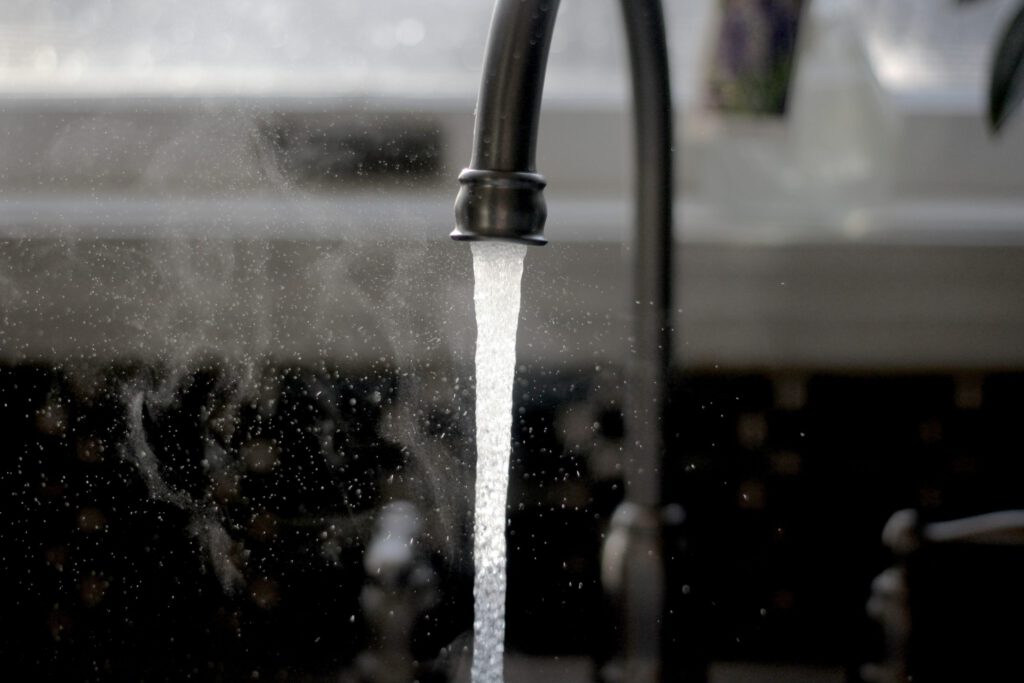Lately, it seems as if each day brings a new disaster to some part of the country. From hurricanes to earthquakes, you almost yearn for the more mundane snowstorm or fire. No one is immune, and disasters do not discriminate. Will you be ready if one comes your way? What is your plan, response, and recovery strategy?
According to the Federal Emergency Management Agency, FEMA, only 43 percent of companies struck by disaster resume operations while 90 percent of companies that resume business fail within two years. The “plan, response, and recovery” cycle must be taken as a whole. If you respond well but never recover, then you’re out of business.
PLAN
Planning for the worst-case scenario is critical for your business’ survival and employees’ safety. With much front-of-house staff living paycheck to paycheck, an extended interruption in business means the difference between making it and going under.
Consider each type of disaster and your initial response to it. An impending disaster with advanced warnings, such as a weather event, provides more preparation time than fire. Each disaster requires a different response. All areas of operations need a plan, even those who don’t feel directly related to a disaster, such as payroll.
Human Resource Considerations
Take time to ensure employees, at all levels, understand the plan. This will keep them be safe from harm. Each staff member has a different role. Front-of-house employees are different from on-site managers and corporate employees. David Hauser, Restaurant Maintenance Manager at Friendly’s, shared that in his organization, the district operating manager is the pulse of the location. The tone trickles down from there. However, get employees involved in the planning process, including developing and reviewing plans. Then review plans and test at least once a year.
Your plans need to encompass a variety of disasters such as a fire, a local catastrophe, and inclement weather event. Also include:
- How will employees be paid if systems become unavailable?
- If a location closes for a while, can employees redeploy locally to avoid job and income loss?
- How can the company help ensure employees are taking similar safety steps in their own homes to ensure personal safety for themselves and their families?
Communications
Where does communication fall into your plan? Remember the best-laid plan is worthless if communications falter. Consider the following questions:
- Who will receive warnings, and how?
- Where is the call list, and how is it updated?
- How are you going to call?
- Who is going to call?
- At what point will calls be initiated?
- Will the business be open?
- Should employees come to work?
- When will they hear from you again?
- Who can they contact if they have questions?
- How will you communicate with the public, patrons, and media? Operational Considerations
Operational Considerations
Everything runs on technology. This is where best practices meet disaster planning:
- Are files and data backed up securely, offsite, and daily?
- What is the plan for recovering important operating systems?
- How will important hardware be secured?
- How will mission-critical tasks be completed if systems are unavailable? What is the offline equivalent and or Plan B?
- What are the “shelter-in-place” procedures?
Facility Management and Product Management
Have a clear plan to secure your facility and minimize product loss in the event of an impending disaster is vital. Any disaster with warning means you can take steps to secure the restaurant before it strikes. These might include:
- Turning off machines
- Securing awnings/objects outside the restaurant
- Turning down temperatures on freezers
- Ensuring ice machines are empty
- Having potable water available in bulk
- Securing and testing backup generators
- Stocking supplies in case employees must shelter in the location
- Securing refrigerated trucks for power outages
- Depleting supply of extra food in advance of a storm to minimize potential loss
- Considering the proper shutdown and recovery procedures for all key equipment, including its location and who has access
- Considering a backup for key equipment if digital systems are down for an extended period
RESPONSE
The response is the most fluid part of your plan, response, and recovery plan as it evolves as a disaster unfolds. Fluidity and constant communication are essential for an effective response.
For any immediate emergency, Hauser says everyone in the facility is empowered to dial 911. An immediate call to 911 is necessary to get emergency responders on-site. Then, other steps, such as administering first aid or evacuating the store, can be taken. Hauser’s facilities are required to perform periodic unplanned drills to mimic various emergency scenarios. For anticipated disasters such as storms, activate the call list according to the communication plan. Over-communicating is always better than under-communicating.
Coordination and cooperation with local first responders, officials, vendors, suppliers, and the community are critical to effective response and quick recovery. Long-term goodwill and public relations make or break in times of distress.
Also, while carrying out official duties, always remember to make your safety a priority.
RECOVERY
Finally, before any facility reopens, it must be cleared by local authorities. The building must, at a minimum, have potable water and safe conditions. You must also recover and re-power your equipment and evaluate any food.
When re-opening the location, explain any limitations to your staff and the public:
- Will there be limited hours?
- A limited menu?
- A limited quantity of meals?
- Is there a clear and safe passage for customers and employees to reach your facility? Be sure to share any detours.
Recovery is not a straight and linear path. Even as some restaurants made a quick re-opening in Houston after Hurricane Harvey, provisions were limited, access routes were sparse, and it was certainly not business as usual, as many found themselves open and then closed again.
AN APPROACH YOU CAN BANK ON
The best advice from the front lines via Hauser is to keep asking yourself, “What is the next worse thing that can happen?” You have to work on the challenge as it is happening. Be fluid because you cannot predict the outcome of any disaster. Always plan for the worst. Even if you never have to mobilize your worst-case disaster response, having a sharp and at-the-ready plan of action will help you sleep at night and offer insurance to your company’s ongoing success.
FEMA put out an excellent one-pager illustrating how a strong plan, response, and recovery strategy makes your business resilient. However, partnering with a full-suite facility maintenance company, such as SLM Facilities Solutions Nationwide, brings you peace of mind that your locations will recover and be okay. Contact us today to see how we can assist you before disaster strikes.
Article was featured in RFMA’s Facilitator.



